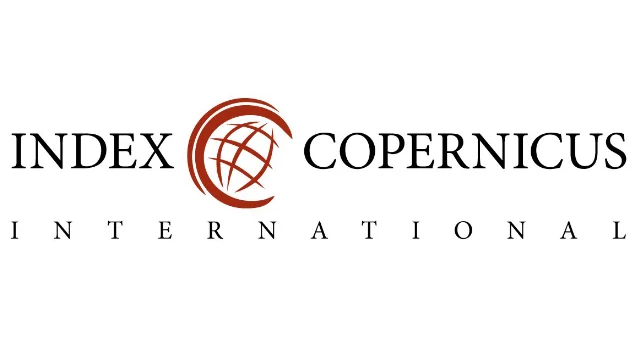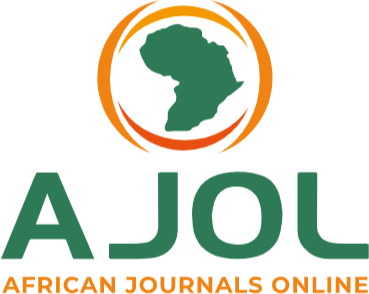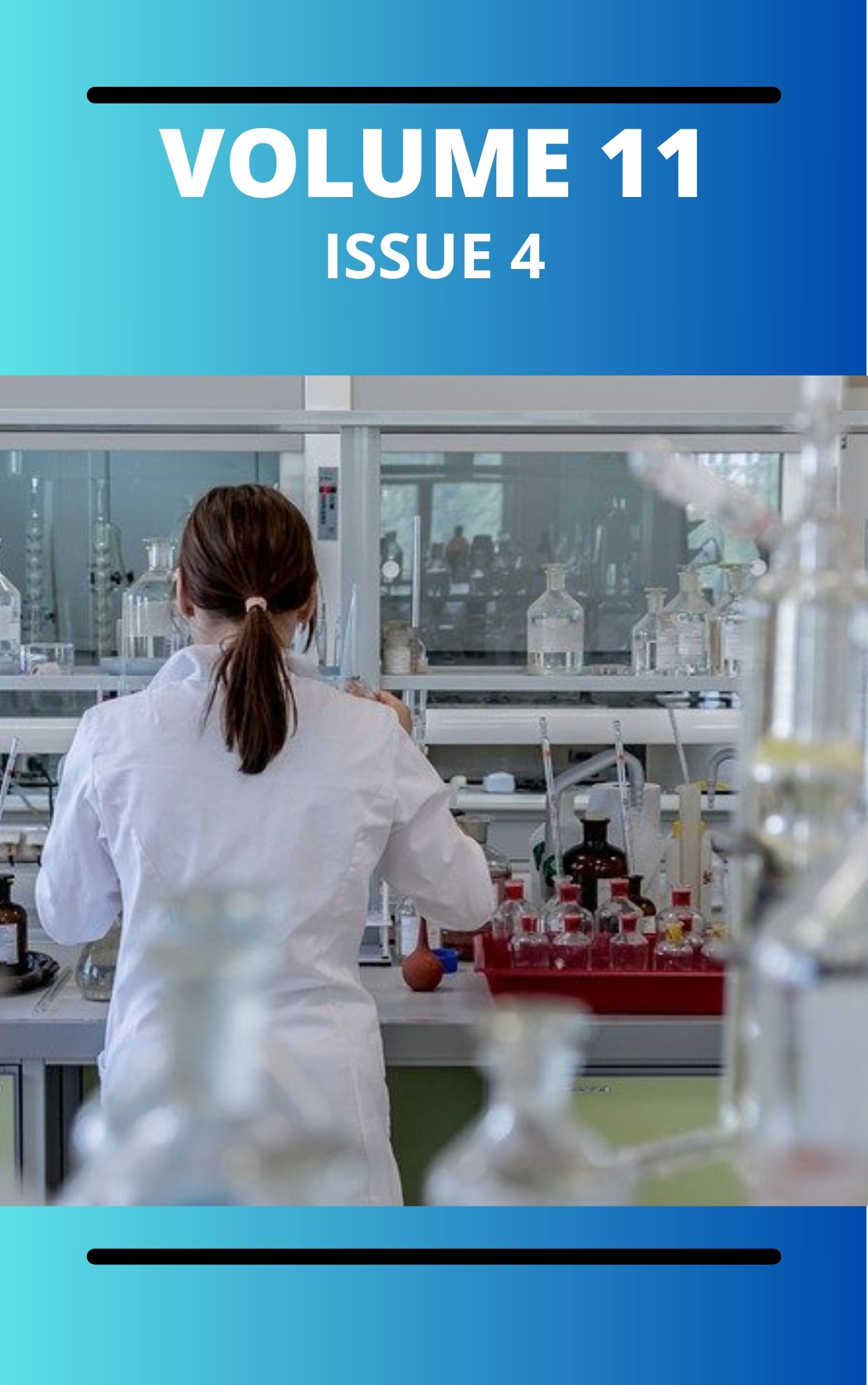A Review on machine learning and Artificial Intelligence in procurement: building resilient supply chains for climate and economic priorities
Keywords:
Artificial intelligence, Machine Learning, risk management, climate change, digital twins.Abstract
With global supply chain facing unprecedented disruption from climate change and economic uncertainty driving a shift in procurement strategies from previously cost-focused decision-making toward sustainability and resilience, this review examines how Artificial Intelligence (AI) and Machine Learning (ML) can provide transformative solutions for building robust and adaptive supply chains that align with both climate and economic priorities. It discusses other key applications like automated sourcing solutions and contract administration, supplier selection model, multi-tier risk assessment with intelligent scoring models, demand forecasting and inventory optimization with predictive analytics. This paper also discusses the work of AI/ML in enhancing traceability and visibility, the application of digital twins and the circular economy to procurement to actively manage disruptions. The results indicate that the application of technology is significant in respect to cost effectiveness as opposed to corporate climate objectives, carbon reduction and environmental and social governance (ESG). Nevertheless, to effectively operationalize AI/ML, the resultant implementation-level challenges, such as human oversight, model explainability, and data quality, must be surmounted.
Downloads
Published
Issue
Section
Similar Articles
- Bright Okore Osu, Prisca Udodiri Duruojinkeya, The Modeling of the Worth of an Asset Using a Skew Random Pricing Tree , Communication In Physical Sciences: Vol. 10 No. 1 (2023): VOLUME 10 ISSUE 1
- Chukwunenyoke Amos-Uhegbu, Mmaduabuchi Uche Uzoegbu, Okwuchukwu Peter Odoh , Chukwudike Dandy Akoma , Hydrogeology And Ground Water Potentials Of The Pre-Cambrian Basement Rocks Of Tabe And Environs In Gwagwalada Area, Abuja North Central, Nigeria , Communication In Physical Sciences: Vol. 10 No. 1 (2023): VOLUME 10 ISSUE 1
- Comfort M. Ngwu, Stevens A. Odoemelam, Jude C. Nnaji, Chemical synthesis and characterization of zinc, iron and carbon-based nanoparticles and their nanocomposites , Communication In Physical Sciences: Vol. 5 No. 4 (2020): VOLUME 5 ISSUE 4
- Godwin Ezikanyi Okey, Yusuf Jibril, G. A. Olarinoye, Comparative Analyses amongst 3 Hybrid Controllers - MPC-HGAFSA, LQR-HGAFSA and PID-HGAFSA in a Micro Grid Power System Using MAD and RMSE as Measures of Performance Metrics , Communication In Physical Sciences: Vol. 10 No. 1 (2023): VOLUME 10 ISSUE 1
- Prince O. Orji, Eucharia C Okoro, C. D. Obiegbuna, Tropospheric Concentrations of Methane Around A Quarry Site in Uturu, Abia State, Nigeria , Communication In Physical Sciences: Vol. 5 No. 4 (2020): VOLUME 5 ISSUE 4
- Okoche Kelvin Amadi, Onyinyechi Uloma Akoh, Godson Chukwudi Eric, Adsorption Studies on the Inhibitive Properties of Aqueous Extracts of Theobroma cacao (TC) Leaves on Mild Steel in 1.0 M HCl , Communication In Physical Sciences: Vol. 9 No. 3 (2023): VOLUME 9 ISSUE 3
- N. S. Akpan, Compatibility Study of Polystyrene and Poly Methyl-methacrylate Blends using FTIR and Viscometry Methods , Communication In Physical Sciences: Vol. 4 No. 2 (2019): VOLUME 4 ISSUE 2
- Efe Kelvin Jessa, The Role of Advanced Diagnostic Tools in Historic Building Conservation , Communication In Physical Sciences: Vol. 9 No. 4 (2023): VOLUME 9 ISSUE 4
- Babatunde Ogunyemi, Quantum Chemical Insights into the Antioxidant Mechanisms of Luteolin and Isorhamnetin: Elucidating Structure-Reactivity Relationships, Pharmacokinetics, and Toxicity for Therapeutic Potential , Communication In Physical Sciences: Vol. 12 No. 3 (2025): VOLUME 12 ISSUE 3
- Daniel Chukwunonso Chukwudi, Identifying Erosion-Prone Areas in the Mackinaw Watershed Using Geospatial Techniques , Communication In Physical Sciences: Vol. 12 No. 5 (2025): Vol 12 ISSUE 5
You may also start an advanced similarity search for this article.




